
Always call 911 in an emergency
Skilled hands. Cool heads. Caring hearts.
Origins of the Pittsford Volunteer Ambulance

In 1966, National Academy of Sciences published a federally funded report entitled “Accidental Death and Disability: The Neglected Disease of Modern Society.” This paper identified that the people and the government of the U.S. were “unaware of the magnitude” of those injured in our communities. Further, the paper identified ambulance services across the nation as lacking standards for training and medical care. Many ambulances of the time were staffed with minimally trained attendants, and inadequately equipped to provide care to those in acute need.
Today this paper is affectionately known in the EMS profession as “The White Paper”. Every new EMT learns how The White Paper led to professional standards for all EMTs and Paramedics, and how the recommendations of this report led to the development of our modern EMS system. This paper resulted in change that affected every community across the U.S., including here in Pittsford.
In the early 1970s many communities were still evaluating the need for ambulance service. Dick Beers first became involved through an effort to help the Pittsford community explore the need for improved emergency medical services. As Dick recalls, the community was reacting to local tragedies, and considering options. The community’s mandate was clear: Pittsford needs a local ambulance service! Although it might not have been evident at the time, Dick had just become a part of the national movement to establish effective prehospital emergency medical services.
Dick recently recounted his experiences in the first years, and how things began to evolve:
“The ambulance had its genesis in tragedy. A young girl was struck on French Road and lay in the street for 45 minutes awaiting the arrival of an ambulance which had to be dispatched from the center of Rochester. She later died.
A group of concerned citizens spearheaded by the late Bruce Tatlock and the late Gen. Pete Dowd gathered like-minded citizens consisting, among others, of the late Don Murdoch, the first director of operations, Lee Edwards DDS, Paul Runyan, Dick Beers, Tom (?), Dave Kluge M.D. (the first medical director), Ed Hanley JD and several others to investigate the possibility of establishing an ambulance service.
Surrounding towns including Penfield, East Rochester, Perinton, and Henrietta already had established services. Many other towns in Monroe County had started services as early as the 1930s.
The Kiwanis and Rotary each contributed $250 to conduct a survey of town residents to see how they might feel about establishing such a service for Pittsford. The results of the survey were heavily in favor of establishing such a service.
An ad hoc committee consisting of the above mentioned people was formed in 1970 to direct the efforts towards establishment. The Pittsford Fire Department was approached to see if they would be interested in housing the service, and declined at that time.
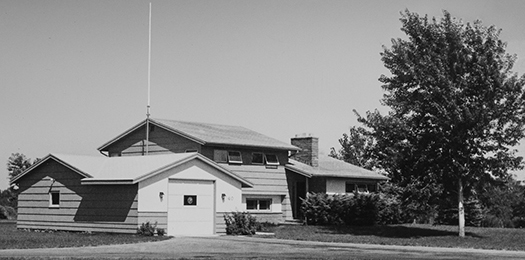
40 Tobey Road became the base for PVA
The committee had many suggestions as to a location of the base including many gift donations from various governmental organizations. But because of New York State’s patchwork of governmental bodies, most had to be rejected because they did not encompass the town of Pittsford as such and state law prohibited the gift of property unless it equally benefited all of the citizens of a particular district.
It was finally decided to buy outright a property that was for sale at 40 Tobey Road as a single residence. It would be converted into an ambulance base by expanding and raising the overhead clearance of the existing garage. The price was approximately $30,000.

Washing the "Caddy Maroon"
The ambulance service went into operation on September 11, 1971 (that now infamous date of 9/11 did not become apparent until 30 years later). Anyone desiring the ambulance had to call the number 385 – 2400 to become connected to the service. There was a red phone in the downstairs dispatcher’s office (now the D.O.’s office) that rang a loud gong (which is there to this day) in the upstairs hallway. The 911 system did not become operational until about 10 years later.
For the first day the crew sat on pins and needles awaiting the first call. Nothing happened. We began to wonder if we’d made a mistake in setting up the service in the first place. On the second day the red phone finally rang and we had our first call, a nosebleed!
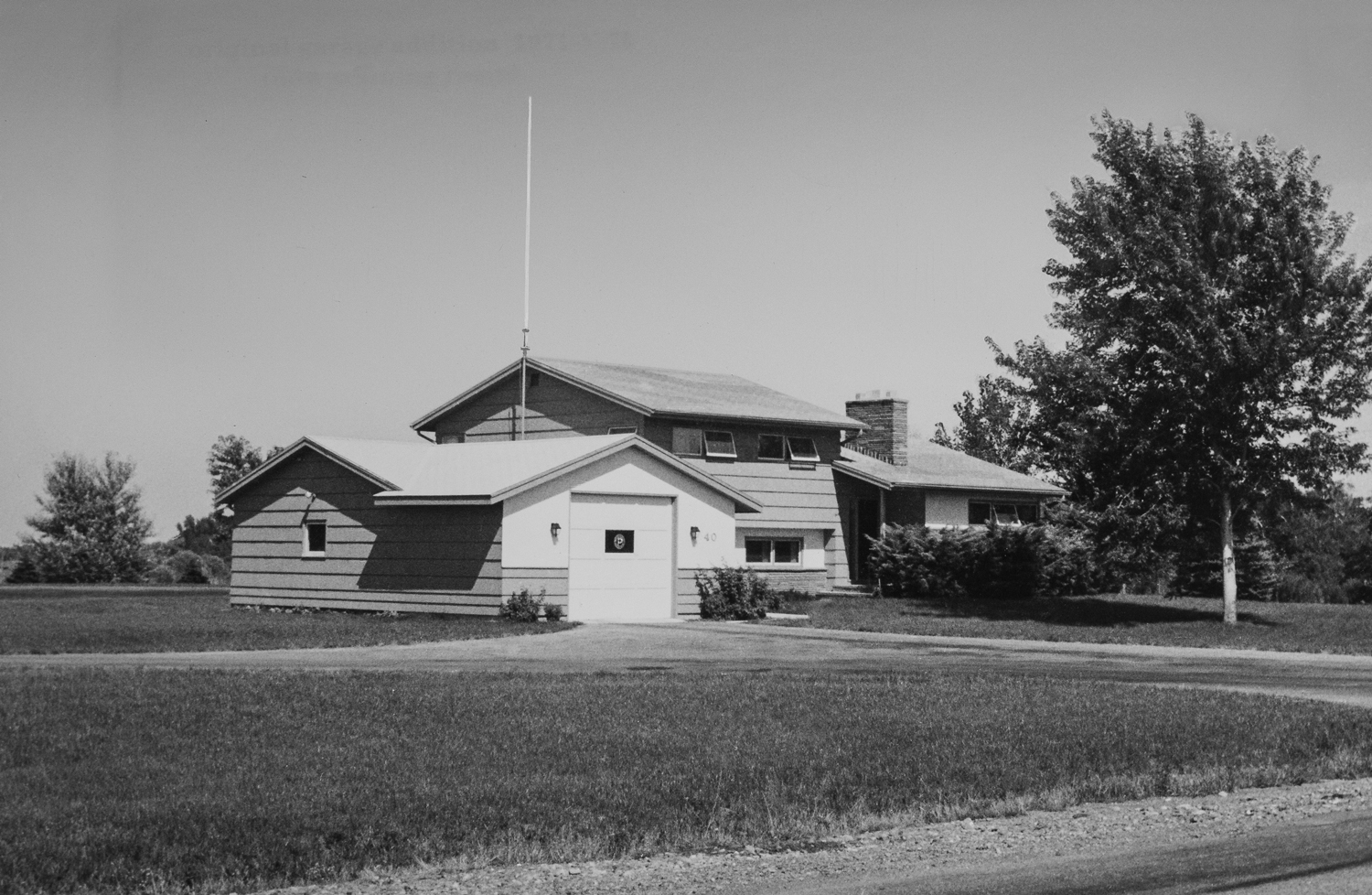
40 Tobey Road becomes the base for PVA

Construction on the PVA Garage

The 1st PVA ambulance at the new base
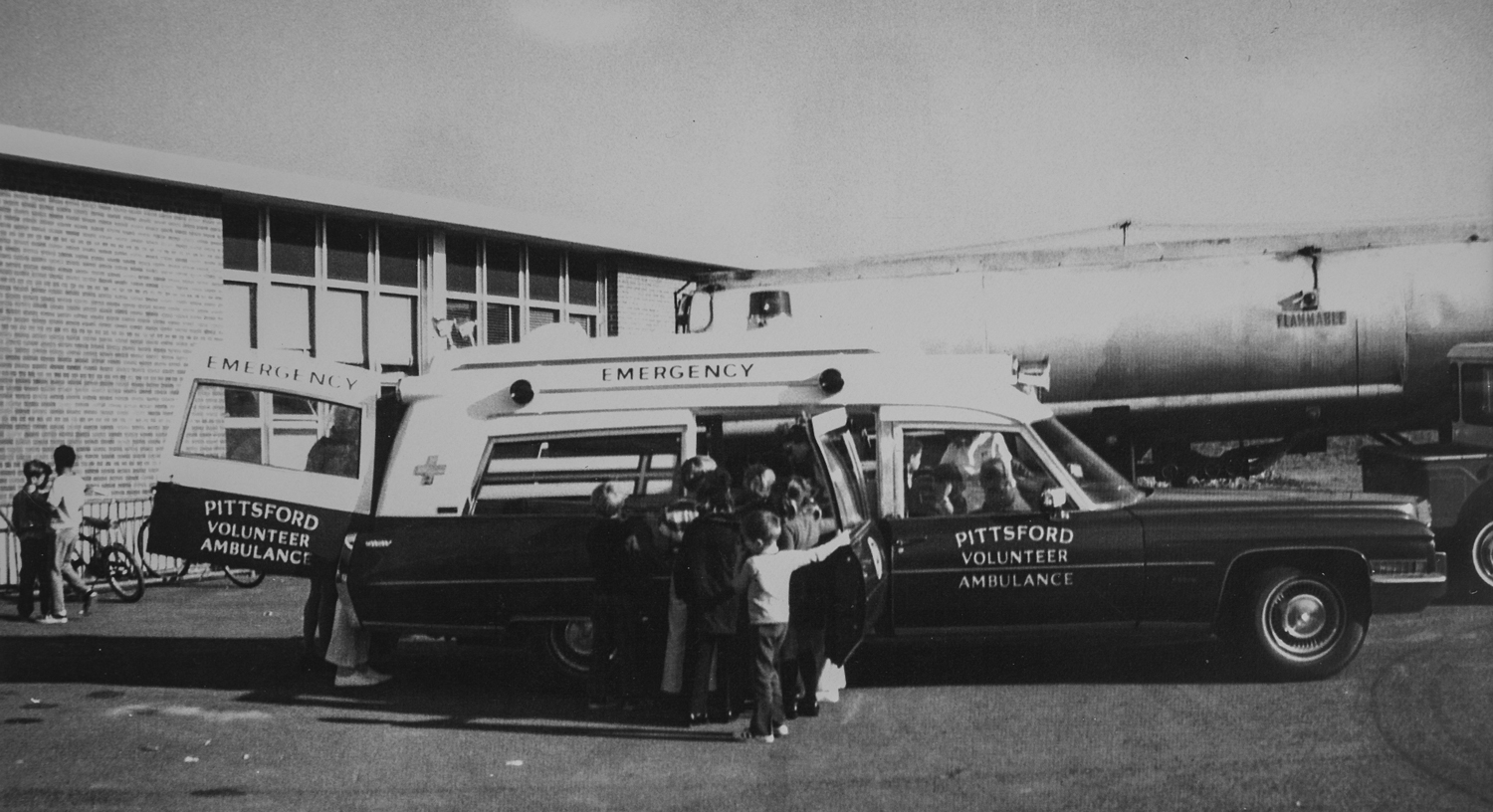
The Caddy Maroon (1971)

The 1st PVA "van" ambulance (1971)
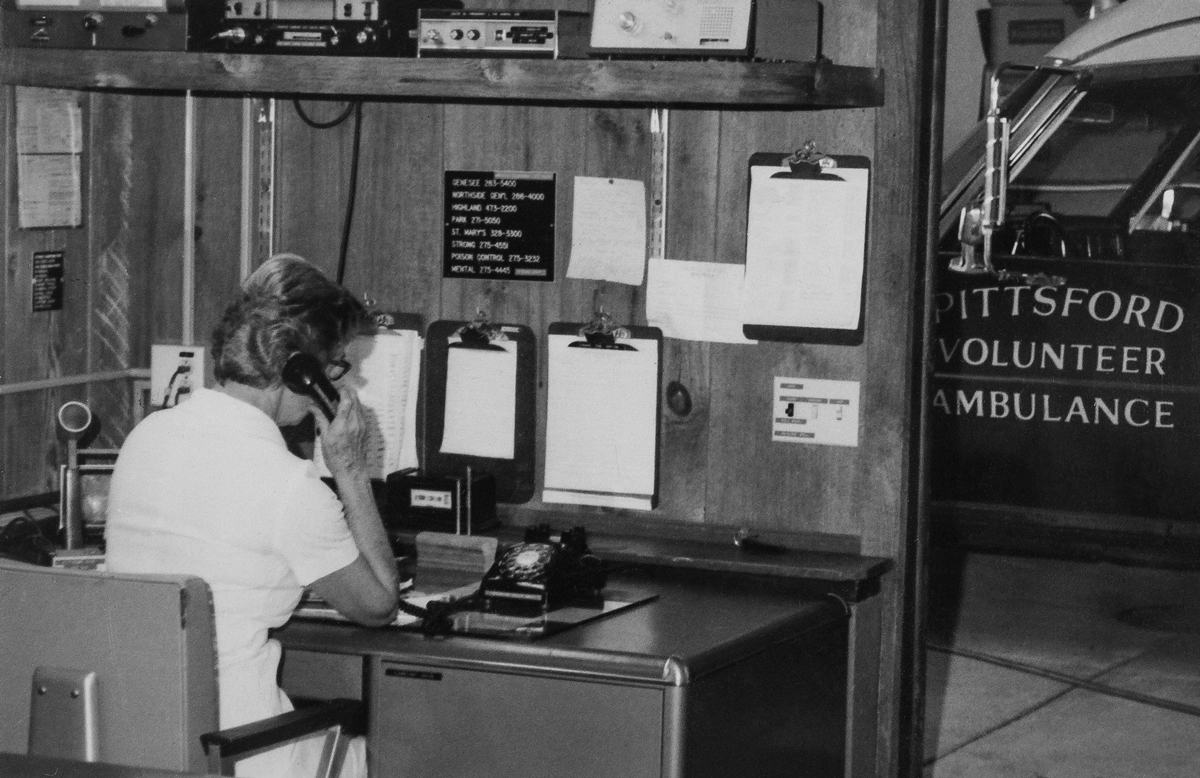
The old Dispatch desk

Washing the "Caddy Maroon"
Another thought that was discarded stated women would not be strong enough to lift the gurney into the ambulance. I remember talking to people at Greece Volunteer Ambulance which was largely manned by Kodak shift workers. They had a rule that all crews must contain at least one man. This was never implemented at Pittsford. Had a crew member needed assistance (male or female), it always seemed that there was a sheriff or a bystander around who could lend a hand if needed.
We had several members who transferred over from Perinton Ambulance to the new Pittsford service. Mary Hill and Jan Leurgans were two of the most active. Crew training was haphazard at best. As an example, I qualified as a driver by driving down Clover Street to the Calkins Road light. As I approached the light Mary said to me “okay turn on the sirens and the lights and proceed’. As I went through the light she said, “all right you’re now a driver” (we could never do this today!).
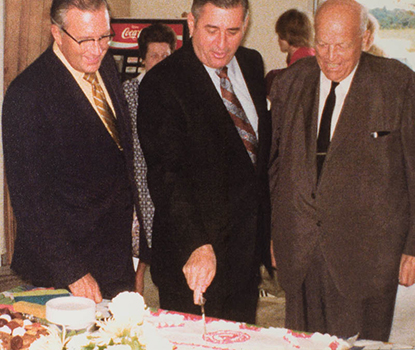
PVA 1st Year Cake Cutting (1972)
~ Dick Beers
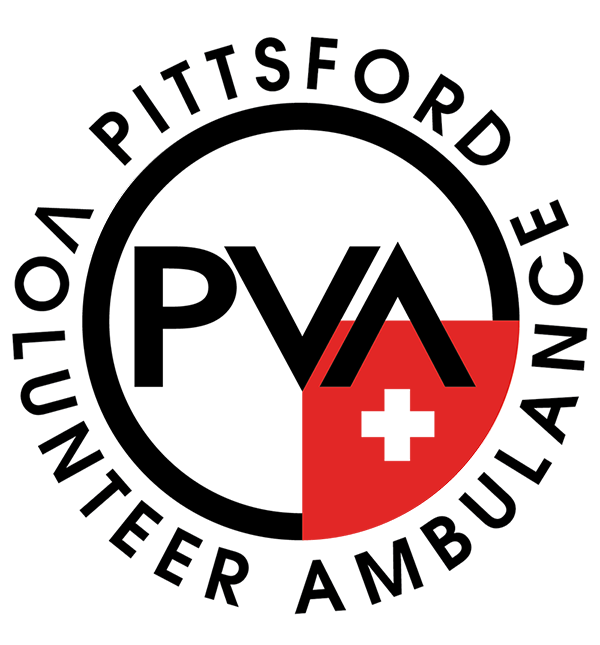
Dick Beers is a founding father in local EMS, helping to establish Pittsford Volunteer Ambulance. The PVA Dick helped to found has changed over the years, and continues to evolve. We strive to complete a merger with a local EMS partner, enhance our service further to provide Paramedics on our ambulances, and train the community to be our partner in emergencies. Times certainly have changed…fortunately the dedicated people have not.
It was our honor to know and serve with Richard ‘Dick’ Beers, Sr. Dick passed away in October 2019. His service is outstanding; founding member, Dispatcher, EMT, Director of the Board, and unyielding community advocate. Over 48 years Dick volunteered more than 15,000 hours of recorded service to his community, nearly 10 times more than the average career expectancy of an EMT. We suspect Dick gave many more hours without recognition.